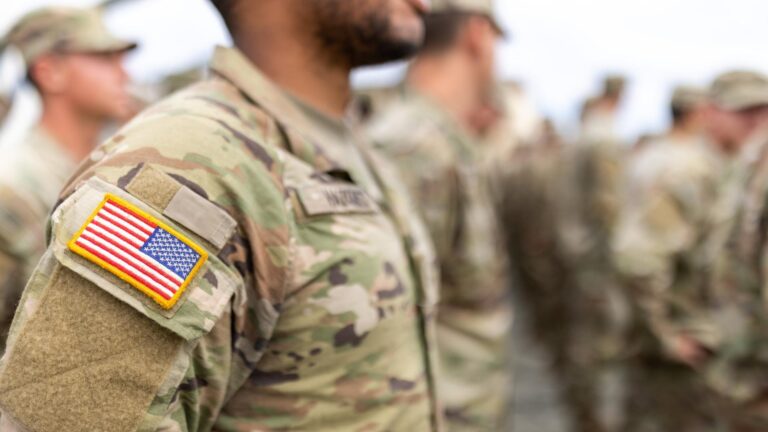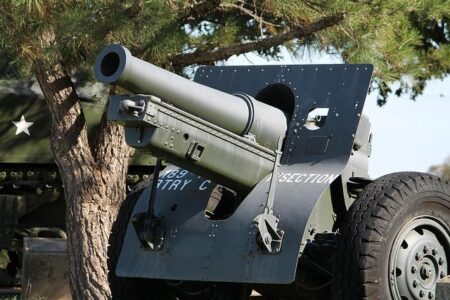The United States Army has deployed a significant contingent of troops and equipment to Australia as part of a large-scale multinational military exercise, aimed at strengthening interoperability and regional security in the Indo-Pacific. The joint war games, involving thousands of personnel from allied nations, underscore a growing commitment to cooperation amid rising geopolitical tensions in the region. Defense officials emphasize that the maneuvers are designed to enhance readiness and demonstrate the capability to respond rapidly to potential threats.
US Army Boosts Readiness Through Extensive Joint Exercises in Australia
The US Army has intensified its commitment to strengthening alliances and enhancing operational capabilities through a series of joint military exercises with Australian forces. These large-scale war games focus on improving tactical interoperability, rapid deployment strategies, and advanced combat readiness in diverse terrains. The collaboration emphasizes realistic combat scenarios that test the agility and resilience of troops, incorporating cyber defense drills and multi-domain operations that reflect modern warfare challenges.
Key activities featured during the exercises include:
- Airborne insertions into remote areas to simulate surprise tactics
- Combined arms maneuvers involving armor, infantry, and artillery coordination
- Joint command and control operations to streamline decision-making
- Logistical support exercises ensuring sustained combat effectiveness
| Exercise Component | Capability Tested | Duration |
|---|---|---|
| Airborne Operations | Rapid Trojan insertions | 3 Days |
| Combined Arms Live-Fire | Integrated firepower coordination | 4 Days |
| Cyber Defense Drills | Network and data security | 2 Days |
| Logistics Simulation | Supply chain resilience | 5 Days |
Enhanced Tactical Coordination and Technology Integration on Display
During these large-scale joint exercises, U.S. Army units have demonstrated unparalleled tactical coordination, seamlessly integrating with Australian forces in a range of complex operations. Real-time communication and synchronized maneuvering across diverse terrain underscore a heightened level of battlefield synergy. Advanced command-and-control systems facilitated swift decision-making, while forward observers and drone operators provided continuous situational awareness, allowing ground units to adapt rapidly to evolving mission parameters.
Key technological innovations featured include:
- Next-generation battlefield management software enabling instant data sharing
- Enhanced drone swarm tactics for reconnaissance and support roles
- Augmented reality headgear improving target acquisition and unit coordination
- Integrated electronic warfare systems disrupting adversary communications
| Technology | Role | Impact |
|---|---|---|
| Battlefield Management Software | Command & Control | Real-time coordination |
| Drone Swarm | Reconnaissance | Enhanced situational awareness |
| AR Headgear | Targeting & Navigation | Increased accuracy |
| Electronic Warfare Modules | Signal Disruption | Communication denial |
Strategic Recommendations for Strengthening Indo-Pacific Defense Collaboration
To deepen defense collaboration across the Indo-Pacific, establishing joint training programs with a focus on interoperability remains critical. Leveraging combined exercises like the recent war games in Australia allows forces to adapt to complex operational scenarios, ensuring alignment in command structures and communication systems. Sustained investment in technology sharing, particularly in cyber defense and unmanned systems, will equip regional partners to counter emerging threats effectively.
Equally important is the expansion of multilateral frameworks that facilitate rapid information exchange and crisis response coordination. Strengthening partnerships through regular strategic dialogues and synchronized logistics operations can enhance agility in the theater. Below is a concise overview of key strategic pillars to guide future collaboration efforts:
| Strategic Pillar | Priority Actions | Expected Outcome |
|---|---|---|
| Interoperability | Joint training, standardized protocols | Seamless force integration |
| Technology Sharing | Cyber defense, UAV collaboration | Enhanced threat detection & response |
| Multilateral Engagement | Strategic dialogues, logistic sync | Rapid crisis management |
To Wrap It Up
As the US Army continues to strengthen its partnerships within the Indo-Pacific region, the recent large-scale joint exercises in Australia underscore the growing strategic emphasis on readiness and interoperability. These war games not only enhance the capabilities of allied forces but also send a clear signal of commitment to regional stability amid evolving security challenges. Observers will be closely watching how such collaborations shape the future defense landscape in the Pacific.




